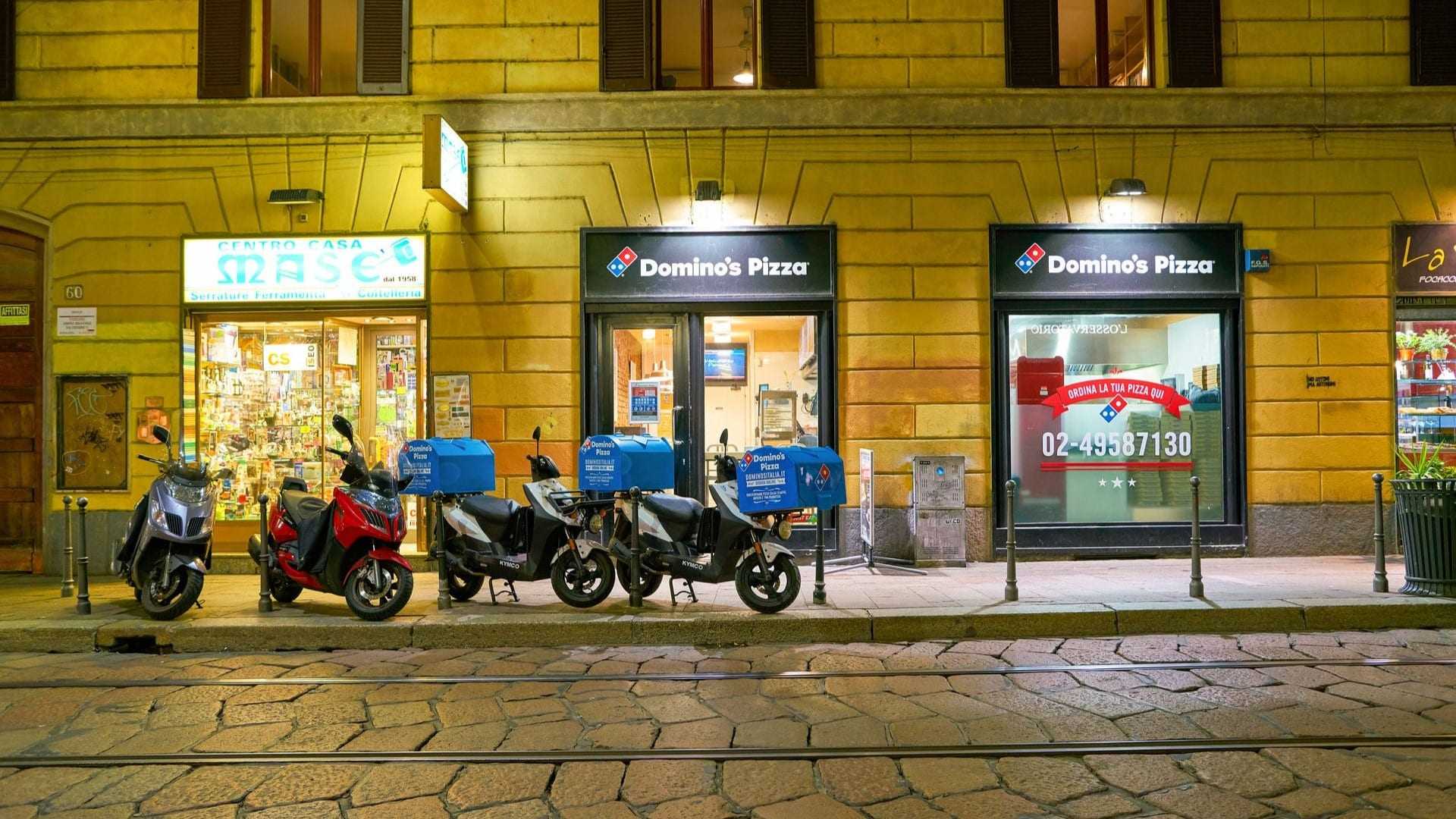Skepticism as Domino's Plans 880 Pizzerias in Italy

Domino’s plans to open 880 new restaurants in Italy by 2030, focusing on central and northern regions but avoiding the south and Naples. Renowned pizzaiolo Enzo Coccia is not concerned about Domino’s competition, believing people will still prefer traditional Neapolitan pizza over the chain’s industrial product.
American pizza giant Domino’s have announced plans to open at least 880 new restaurants across Italy by 2030.
The company first opened for business in pizza’s traditional home back in 2015 and already makes pizza at 28 locations based in and around Rome, Milan and Turin.
I think that (Domino’s) will not be pizzerias’ competitors because the people know the difference between an artisan product like Neapolitan pizza and an industrial product like the pizza of Domino’s.
Milan (which is conveniently close to Domino’s dough factory in Buccinasco) has been earmarked as the location for the company’s first batch of new outlets.
Domino’s has announced plans to open pizzerias in central and northern Italy, but has so far steered clear of the south of the country and the city of Naples; home of the iconic Neapolitan pizza.
See Also:Culture NewsEnzo Coccia — one of Naples’ most renowned pizzaiolo (pizza maker) who runs a training academy and the city’s La Notizia pizzerias — told Olive Oil Times that while Domino’s may bring new challenges to traditional pizzerias, he is not worried about the arrival of the chain restaurant.
“I think and hope that La Notizia’s customers won’t eat Domino’s Pizza,” Coccia said. “I think that they will not be pizzerias’ competitors because the people know the difference between an artisan product like Neapolitan pizza and an industrial product like the pizza of Domino’s.”
Naples’ traditional pizza twirling technique pizzaiuolo was granted world heritage status in 2017.
Coccia said “the art of pizzaiolo represents the identity of the people, our tradition and territory. It’s a prize for all people that during these years have done something for this job and for the world of Neapolitan pizza.”
Italy’s minister of agriculture at the time hailed Neapolitan pizza’s heritage status as “another step toward the protection of Italy’s food and wine heritage.”
Neapolitan pizza has also boasted European Union“Traditional Speciality Guaranteed” status since 2010.
“With a good and healthy product the pizzerias in Italy will continue to work,” Coccia said. “The Neapolitan pizzaioli should safeguard the status of their pizzas and protect the pizza’s integrity.”
Last year the the health benefits of pizza were highlighted when Italian scientist Silvao Gallus won an “Ig Nobel Prize” for research which concluded that pizza offered protection against some chronic diseases.
Gallus stressed that the health benefits were only reaped when pizzas were made with ingredients from the Mediterranean diet.
Domino’s entry into the Italian market and current expansion plans were instigated by Alessandro Lazzaroni, an Italian entrepreneur and CEO of Domino’s Italy,
According to a report in Money, Lazzaroni, who bought the rights to distribute Domino’s in his native country, hopes to grab two percent of Italy’s pizza market over the next decade and aspires to expand Domino’s into the biggest food delivery company in Italy.
Back in 2015, the American pizza company tempted consumers in Milan, Brescia, Bergamo and Monza with their offer of, “traditional Italian pizzas” made from locally sourced ingredients.
At the time, Lazzaroni focused on online ordering and aimed to fill a gap in the Italian market for take-out and delivery options. Domino’s pledged to respect tradition and meet Italian tastes.
It remains to be seen if Domino’s can compete against authentic Italian pizza, which is believed to have been introduced to the United States by Italian immigrants back in 1905.
However, in 2019 Domino’s pulled out of Iceland, Norway and Sweden after three years of heavy losses. The company also withdrew from Switzerland where it had served pizzas since 2012.









